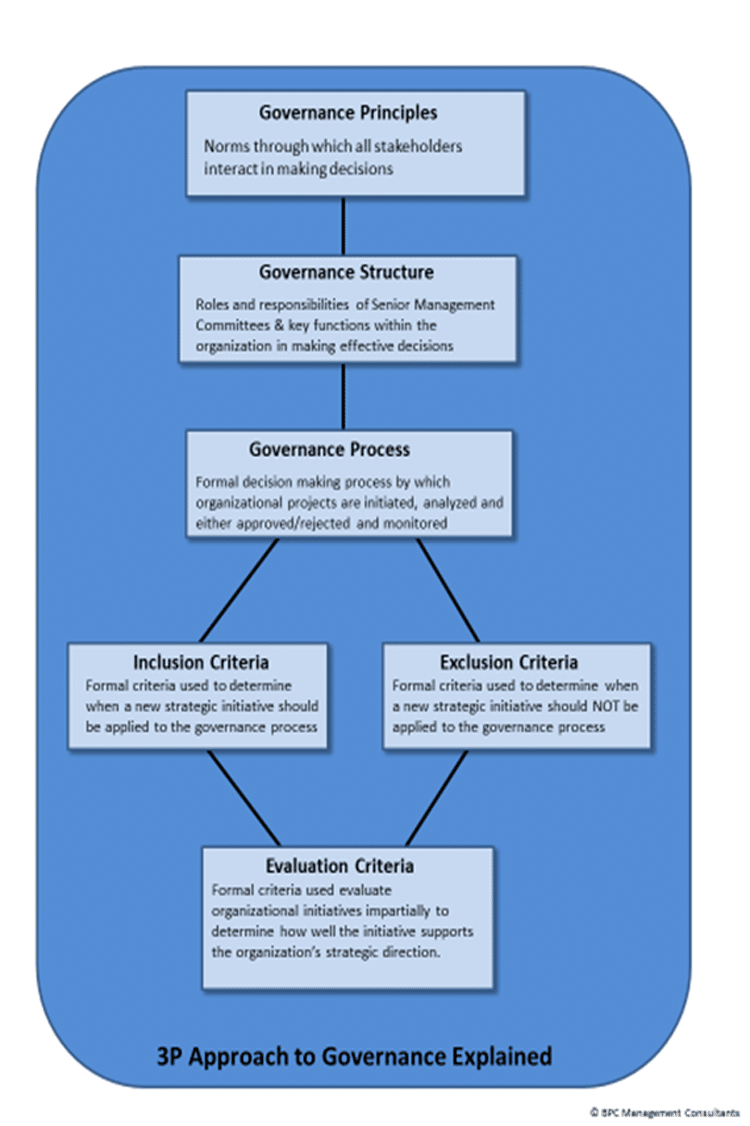A New Approach to Public Sector Decision Making

While working as a student intern for Pollution Probe many years ago, we tried to make the public aware of the dangers of non-returnable cans and bottles. This was a precursor to the whole idea of the 3Rs: Reuse, Reduce and Recycle. Unfortunately, at the time, nobody was remotely interested. Today, this practice is a recognized and widely used approach to make better use of materials to create less damage to the environment.
Awareness of the problem and understanding the consequences of inaction took place over the next generation. Governments and people gradually came to accept the necessity of change and put into use best practices to address this issue.
The public sector spends more money than any other organization and wastes more resources than any other organization. This situation is documented repeatedly in auditor reports at the local, state and national public service levels in countries all over the world.
What can be done to change this situation?
Public and not-for-profit organizations at all levels are without doubt dedicated to ensuring their programs and services are affordable, accessible and responsive to the needs of their clients. However, dysfunctional governance practices directly contribute to the inefficiency of these organizations to achieve their objectives.
In many cases, existing governance practices are characterized by inconsistent, idiosyncratic, personalized approaches to decision-making. They often rely solely on human dynamics. Decisions lack transparency in that decision-making is not visible, understood, accepted or supported throughout the organization. Decisions are not based on open, frank and earnest discussion. Decisions are personal in that they are not for the benefit of the organization as a whole and the decision-making process is inconsistent and ad hoc.
I believe that there must be both an awareness and an understanding of the need to optimize the use of limited public sector resources. Only then can there be acceptance and use of new ways of dealing with emerging and existing problems in healthcare, education, climate change and so on. Wiser decisions must be made.
So, what are the components of an approach to governance that will ensure the optimized use of public sector resources?
Principles: Governance principles establish the framework and the doctrine that govern behaviour in the exercise of making decisions. Principles define the values and the expected behaviours of those who will participate in the decision-making process. Governance principles ensure that the governance process is accountable, transparent and based on stated organizational values. Without formally stated governance principles, there will be a tendency towards competitiveness among participants, a lack of a concerted effort to reach consensus and compromise, and a general disinterest in advancing the vision and mission of the organization as a whole.
Governance Structure: There must be a formal structure with clearly stated measurable roles and responsibilities of the senior management committees and the key work units within the organization that make decisions. The public sector relies heavily on committees to make effective decisions. In order for these management committees to operate smoothly and successfully they require a clear and measurable purpose. The mandate of any committee must be clear and complementary to the mandates of other committees. There must be clear criteria for membership and members must be qualified and possess the time to carry out their responsibilities. Participation must be sacrosanct and procedures for defining quorum, attendance and communication of results must be clearly defined.
Governance Process: Organization-wide management decisions should be made within the context of the organization’s multiyear (generally three-year) business plan. This context ensures that all initiatives support the vision, mission, organization, principles, strategic outcomes and priorities of the organization. The governance process must be defined and documented, and repeatable. It must be used to ensure that the appropriate initiatives are managed from an organizational perspective that is as wide as is feasible and possible. Successful governance ensures all initiatives are aligned and contribute to the vision and mission of the organization.
Inclusion Criteria exist to assist all stakeholders to determine the following:
- which initiatives should be managed from a branch or business line point of view (vertical decision-making)
- which initiatives should be managed from a wider (section/whole organization) point of view (horizontal decision making)
These criteria provide a clear understanding of which authorities apply within the vertical structure and which must be subject to a formal and auditable wider governance process.
Exclusion Criteria determine which initiatives are not subject to either the vertical or horizontal governance processes, either because they require immediate attention or are within the authority and accountability of senior management.
Evaluation Criteria are the formal measures used to evaluate strategic initiatives to impartially determine how well the proposed initiative supports the strategic direction. These criteria provide transparent and impartial ways of deciding which initiatives or funding proposals merit being approved in relation to others. It is vitally important for management to know when and under what circumstances to say ‘no’ to some requests and proposals and to be confident that saying ‘yes’ to others. These criteria are of increasing importance in an environment of tightening budgets.
The Governance approach described above is called the 3P Approach – to governance. It provides a set of governance best practices upon which to lay a foundation for effective decision-making. The basic premise of the 3P approach is to provide the knowledge and skill needed to ensure that public sector funds are dispersed with the same rigor, discipline and effectiveness that many households apply to their personal finances.
Perhaps the 3P Approach to decision making can become the rallying point to provide best practices resulting in more optimized and targeted resource allocation decisions that respond to the most urgent and important needs of the public.

For more information on the 3P Approach to Decision Making may be found in our book “3P Approach to Governance: The How to Book on Improving Decision Making in the Public Sector”.
Written by Bryan Shane.
Have you read?
Ranking: Richest Golfers in the World, 2023.
These Largest Cities Will Face Extreme Climate Change Threats.
These All-American Football Movies Inspired CEOs and Management Consultants The Most.
These Are Most Disliked Companies in America, 2023.
Report: Countries That Attract the Most International Migrants.
Bring the best of the CEOWORLD magazine's global journalism to audiences in the United States and around the world. - Add CEOWORLD magazine to your Google News feed.
Follow CEOWORLD magazine headlines on: Google News, LinkedIn, Twitter, and Facebook.
Copyright 2025 The CEOWORLD magazine. All rights reserved. This material (and any extract from it) must not be copied, redistributed or placed on any website, without CEOWORLD magazine' prior written consent. For media queries, please contact: info@ceoworld.biz








